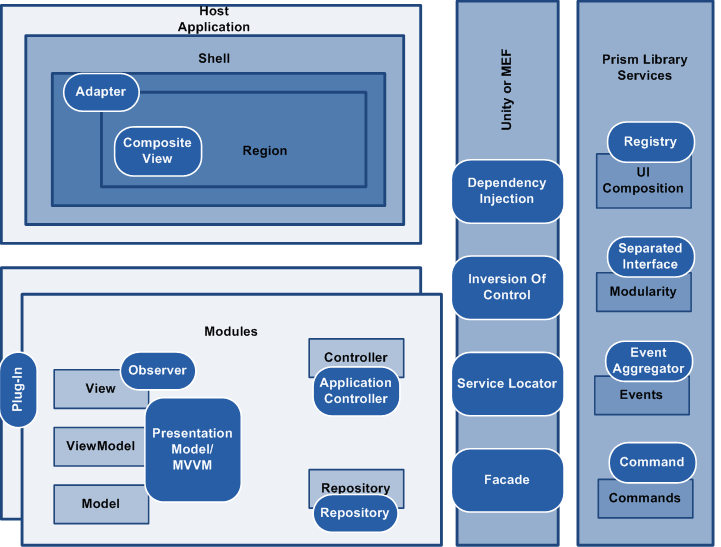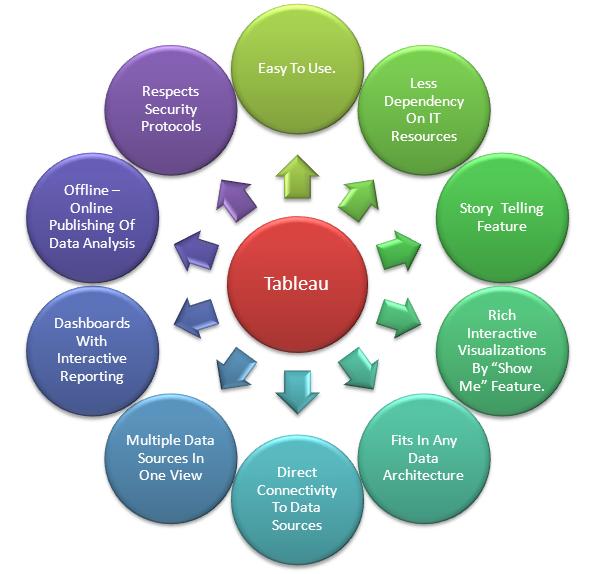Everything keeps changing every single second, hence it not surprising to see changes taking place in the technological field as well. Change is not sudden. What is important is to move with the change and adopt it to use it optimally.
Microsoft .NET 4.5 is now available in the market. It was released on 15 August 2012 with a new set of improved features. As there is always a BUT in every change .NET Framework 4.5 is not an exception. The enhanced capabilities of new Framework can be leveraged by only those who have Windows Vista or the later versions of Microsoft Windows Operating Systems.
Along with advantage of better performance and improvement in ZIP compression, Microsoft .Net 4.5 comes with the ability of putting limitation on regular expression engine to make sure the number of attempts it takes before the session expires. As we always want to extend the capability, MEF in 4.0 allows us to easily create extensibility points (ports) in our applications. As add-ons (in .NET 4.5 it has additional support for generic types) facilitates multiple scopes along with convention-based programming model that enables you to create parts based on naming conventions rather than attributes.
To perform resource-intensive I/O operations without blocking the main thread, new asynchronous features were added to the C# and Visual Basic languages. These features add a task-based model for performing asynchronous operations which can be used via asynchronous methods in the I/O classes.
The Task Parallel Library (TPL) and Parallel LINQ (PLINQ) were new introductions in 4.0 to support parallelism but there were some queries that were running sequentially because parallel running of such queries would actually take more time than the sequential run. As observed, new versions always try to overcome the old issues and hence, now in .NET 4.5 more number of queries can run automatically in parallel which makes 4.5 much faster.
Whole world is now going on web and to enhance this capability ASP.NET 4.5 includes many new features like supporting new HTML5 form types, unobtrusive JavaScript in client-side validation scripts, improved handling of client script through bundling and minification for improved page performance and integrated encoding routines from the AntiXSS library (previously an external library) to protect from cross-site scripting attacks and many more.
.Net framework is in market since decade and hence it takes care of its huge list of client demands and as a response, CLR garbage collector (GC) has been changed in the .NET Framework 4.5. This will help to meet the needs of large client and server apps. These changes will be very helpful for developers who use the .NET Framework to build large-scale commercial apps. New GC can handle the workloads with heap sizes in the tens of gigabytes, running on machines with ever increasing memory and cores, and using configurations such as Non-Uniform Memory Access (NUMA).
In addition to the above enhancements, .Net 4.5 also has new features in WCF, WPF, WF and networking. Also how one can migrate from 4.0 to 4.5 is an interesting story. So keep reading… There’s still more to come.




